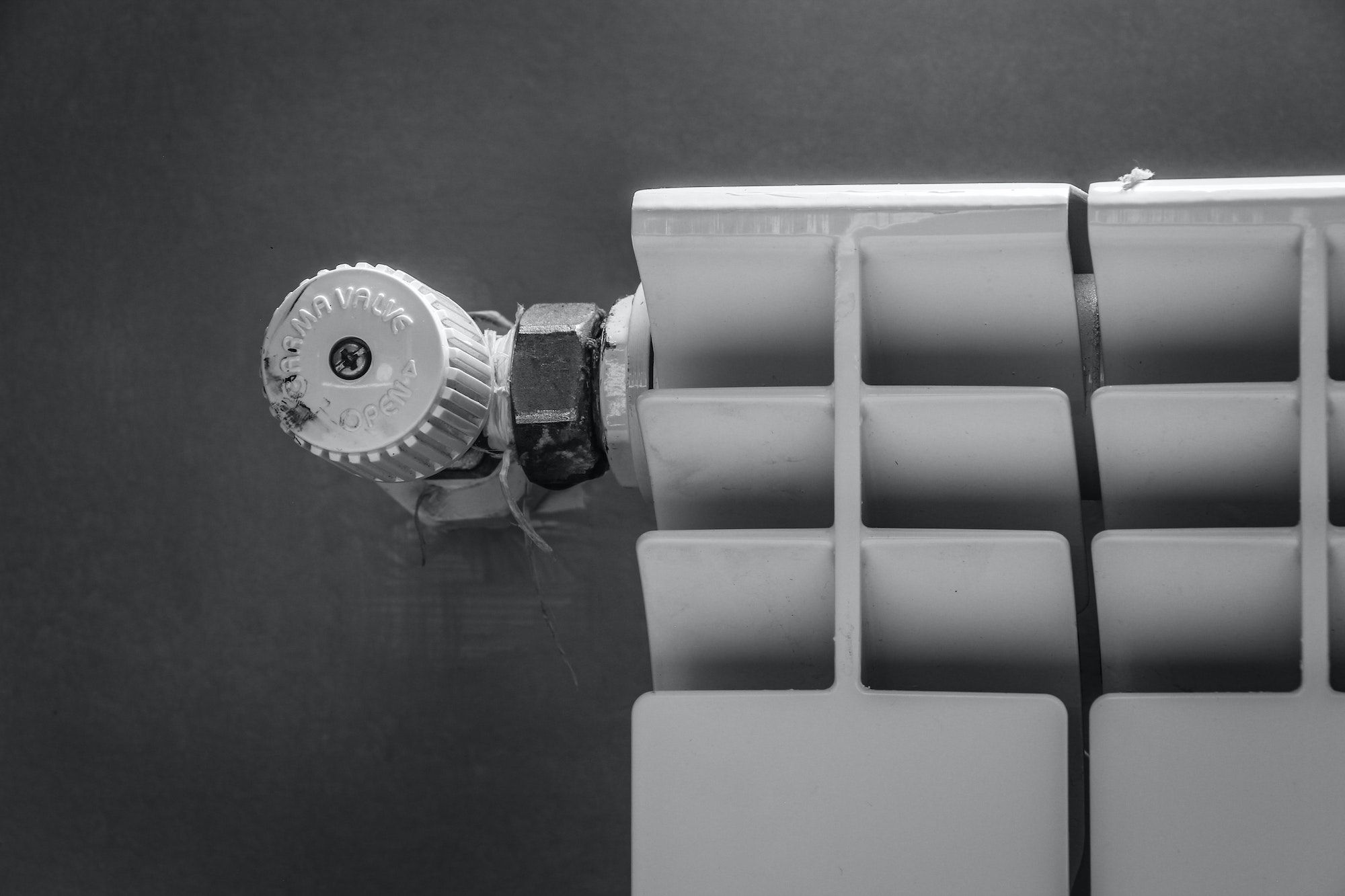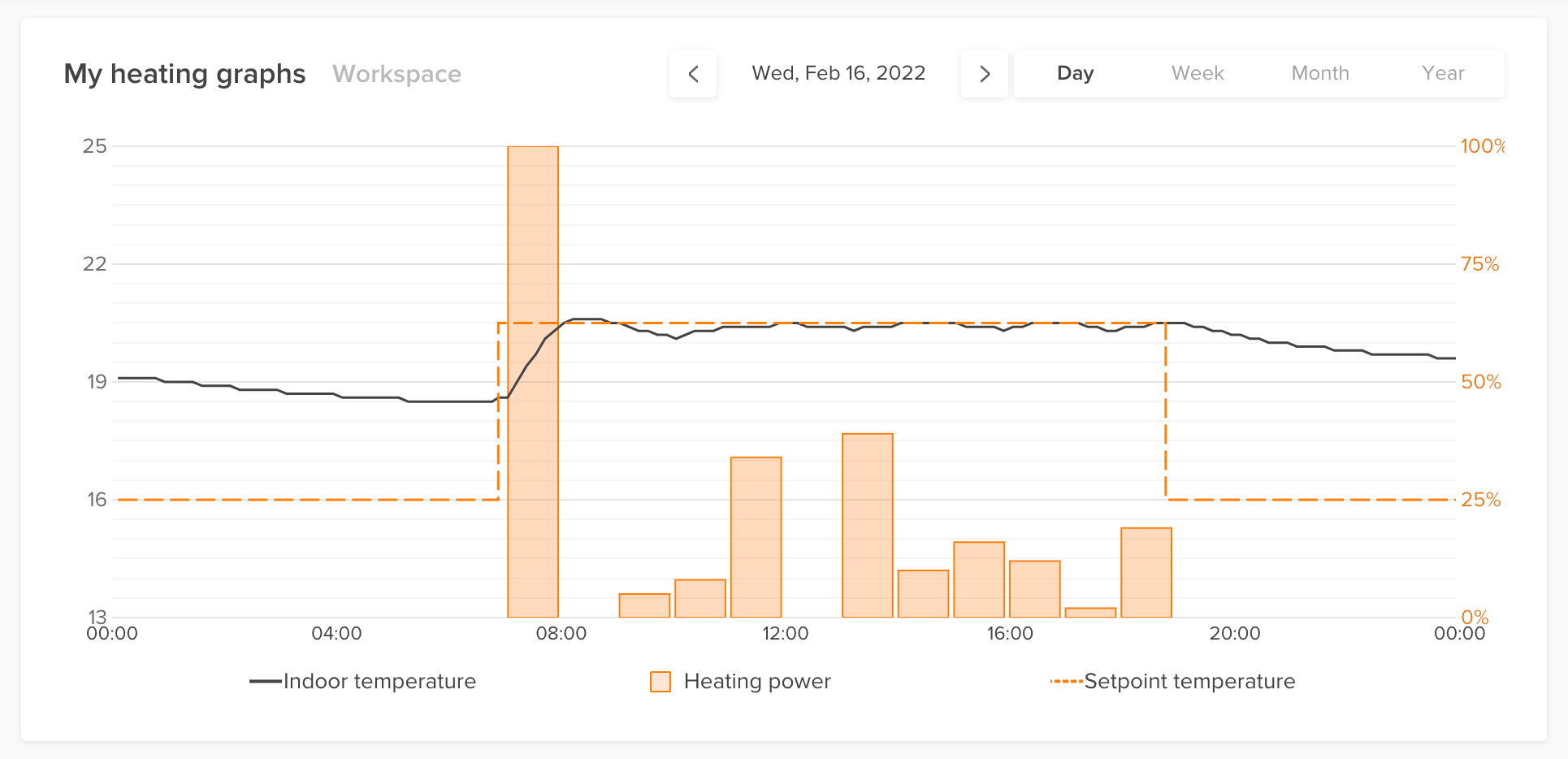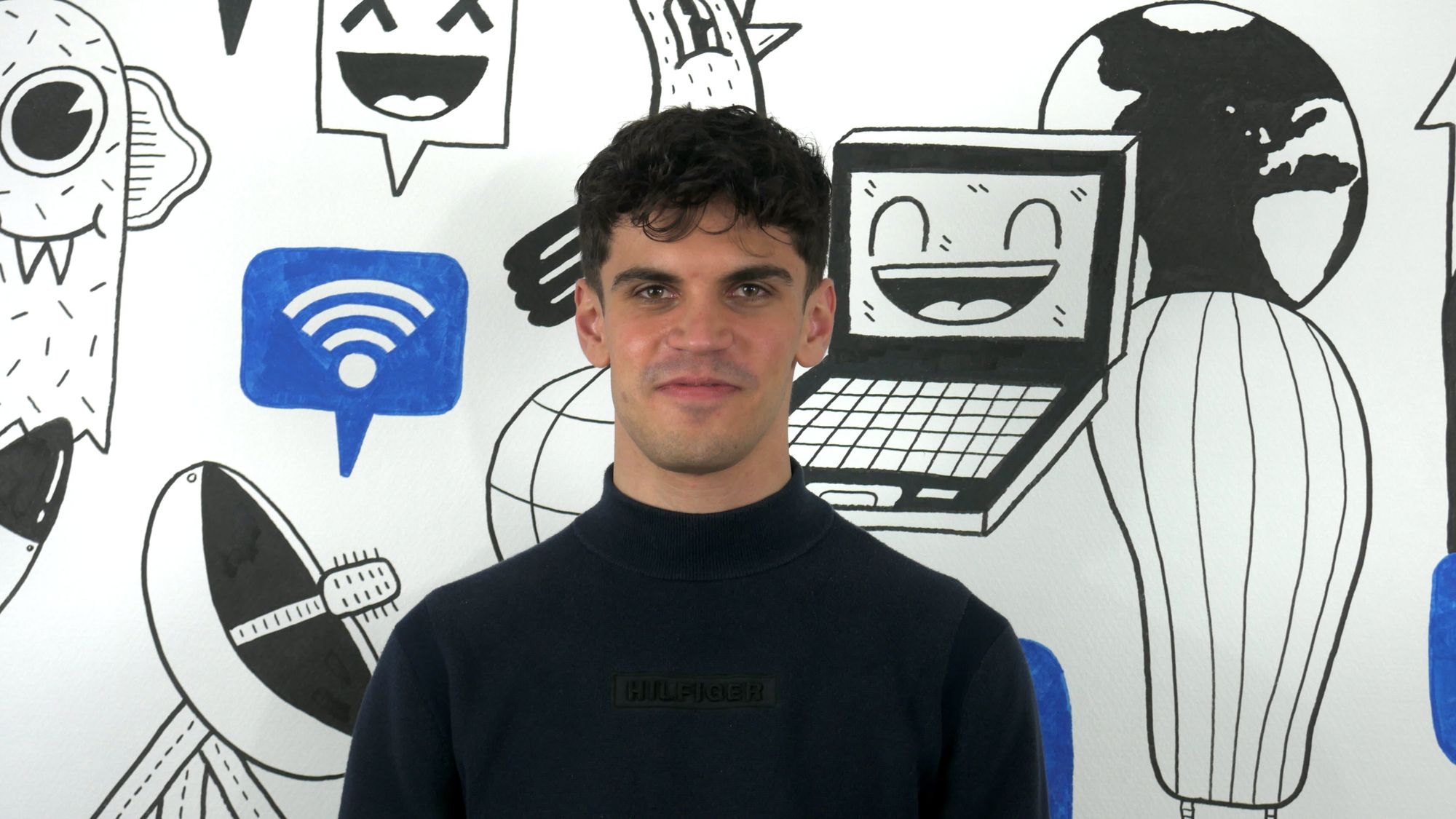How we reduced from 50% our office's gas consumption.
This is the story of how we managed to reduce our office's gas consumption by 48% YoY thanks to a basic optimization.

Our company offices are heated using a Gas Boiler, and the way we were heating our offices was absolutely sub-optimal. As we rented our offices, we initially thought structural and expensive changes would be required to reduce our gas consumption.
We've been experimenting since 2021 with a very cheap and efficient solution to reduce its gas consumption. This solution cost us less than 500 USD; the result is here: we killed our gas consumption by 48%.
This article will cover how you could do the same in your business or home.
Why reducing gas consumption is crucial.
Russia's recent invasion of Ukraine raises the evidence that Europe needs to avoid using Russian gas as soon as possible and shift to renewable energy.
However, such a move is complex and will take years. Natural gas represents 32% of the EU’s final energy consumption, and the European Union imports almost all of its total gas needs (45% is imported from Russia).
Winter 2023 will be very hard for Europe, and we must do as much as possible to avoid any shortage.
Many newspapers will tell you to turn off the WiFi and to unplug your iPhone DC adapter to reduce energy consumption; however, it will reduce global energy consumption by less than 1%.
As heating requires 62% of EU final’s energy for households, a very efficient way to reduce our gas consumption is to optimize how we heat our homes and offices.
So why we didn’t do it before
To be honest, we didn’t care that much. As a business, we mainly focus on providing value to our customers. We knew our gas consumption was important.
Our offices were sometimes too hot, sometimes too cold. However, we thought structural changes would be required to reduce it.
In 2021, our gas meter was replaced with a connected one, allowing us to clearly measure how much gas we consume daily. We discovered how much gas we were consuming: More than 21000 kWh per year to heat 160 square meters. Which is the average for most SMBs.
Smart thermostats to the rescue.
IoT brings new a lot of innovations, and one of those innovations is smart thermostats.
We usually heat offices and homes very inefficiently, and smart thermostats help make things easy so you can heat your home and offices only when you need it.
What’s different between a regular and smart thermostat is that you can schedule when you want the heating to be on or off. So you don’t need to heat your home or offices when you aren’t there. You may, for instance, schedule the heating to be turned off 30 minutes before you go to bed so you don’t heat your home while you sleep. You won't even notice it!
You can also control your smart thermostat with your smartphone, so if you forgot to schedule the heating, you could still turn it on or off from wherever you are.
- Last minute plan to meet friends? You can delay the heating.
- Going off during the weekend? Turn off the heating.
Those smart thermostats help us save a lot of energy by reducing the time we need to heat our buildings.
Our offices don’t need to be heated at night and on weekends for a company like ours. We only need 45 hours of effective heating in a typical company working from 9am to 6pm from Monday to Friday.
Additionally, we've been able to turn off the heating during French public holidays such as Christmas.
How to install a Smart Thermostat
There are many smart thermostat providers available such as the Google Nest. On our end, we opted for the Netatmo smart thermostat.
Installing a smart thermostat is very easy and doesn’t require special skills. You can do it yourself in a few minutes and don’t need to hire a professional.
A smart thermostat only requires two wires to be connected to the boiler. The thermostat will act like a light switch, wiring the two cables when the temperature is too cold and disconnecting the wires and temperature is too hot.

Additionally, we mounted the Netatmo Thermostatic Valves on all our radiators. Basically, a smart thermostatic valve allows to automatically adjust the temperature for every radiator.

For instance, our open space has different windows facing south. So it is very easy to heat.
However, many other rooms do not face the sun, so heating was inefficient.
Thanks to the Thermostatic valves, hot water can be directed to all the radiators in the morning.
As the open space is very easy to maintain in temperature, the radiators in this room can be stopped automatically around noon. This way, all the hot water can be redirected in the rooms being more complex to maintain in temperature. therefore, the boiler needs to spend less energy.
Additionally, it makes the temperature the same everywhere in our offices and a lot more comfortable.
Monitoring
There are two ways to monitor improvements with such a system. First, Netatmo provides a great app allowing us to efficiently operate settings and get some analytics about when the boiler is running. It also lets you see the real-time temperature, so you can easily tune to the perfect settings.
Additionally, as our gas distributor replaced our gas meter with a smart one, we could compare almost every day of gas we were burning to how we were last year.

The graph above shows the temperature for our main space. The boiler is off from midnight to 8am, and the temperature falls near 18 degrees. Then, the thermostats enable the boiler, so the temperature can be 20.5 at 9am. The system only needs to boil sporadically to maintain the temperature.
Clearly, the system has issues keeping the temperature at 20 degrees in a different room. It needs almost constant energy to stay in temperature.

Finally, there are some other rooms where we almost don't need any boiling time.
Thanks to the smart thermostatic valves, we managed to keep every room in temperature. Such fine-tuning would have been impossible with standard valves and a boiler.

Our consumption from June 2021 to June 2022 was 13000 kWh compared to 23000 kWh a year before. It is a significant change in terms of gas consumption and carbon impact.
Conclusion
Reducing gas consumption for SMBs is very easy and cheap. For our personal case, we've been able to kill up to 50% of our office's gas consumption while improving our heating comfort.
Installing Smart Thermostats is a solution we heavily recommend.
On a personal scale, we've all installed smart thermostats on our boilers and have seen incredible results.









